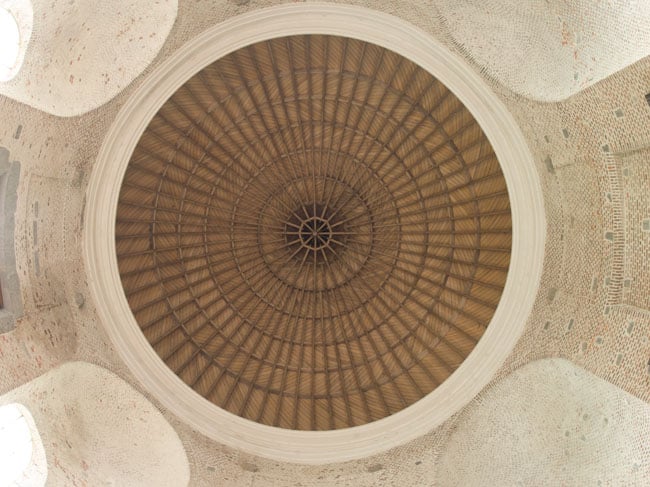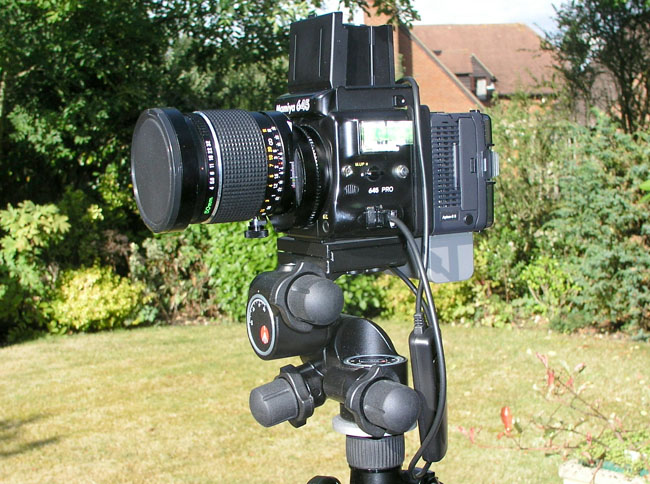This article is more than 1 year old
Snapper's decisions: Whatever happened to real photography?
Automatic for the People
Touching the void
Digital photography today is another victim of the dead hand of marketing, where short term gain overrides any other concern. Broadly speaking, marketing has created two types of camera. There are those with small chips that are cheap – increasingly incorporated into a cell phone – have a rubbish lens, need no skill to operate and therefore teach the user nothing.

Ceiling Chapelle de Walcourt – click for a full resolution image (8MB)
And then there are those cameras with big chips that are so expensive that even professionals cringe. It’s like owning a jumbo jet: you can’t afford not to fly it, hence the constant references to workflow in the marketing. Alas, in between these two types we find the equivalent of a valence band or forbidden zone.
The traditional continuum of camera performance and cost that existed with film has gone, so there is no progression route for the keen photographer to climb. This is as bad as it gets. The small chip camera owner cannot cross the forbidden zone for economic reasons, and even if he did, he wouldn’t have the necessary skills. I think it is pertinent to ask where the next generation of professional photographers is going to come from. It’s an odd revolution that builds a safety barrier around the aristocracy.
My own foray into medium format digital used IT to its full extent. Following some online research I discovered that all digital backs have an external trigger socket so they can be used with movement cameras. It was then simple to obtain an old Mamiya 645 Pro body on eBay and to hack it to provide a trigger signal.
A small amount had to be milled away from the backplate of the camera to get the sensor plane to line up with the old film plane, and a small plate was needed to couple the items mechanically. So now I have a modern Leaf digital back on a 20 year old system camera.

Fig. 9. Twenty-year-old Mamiya 645 Pro with Leaf Aptus II 22MP back. Note 50mm Sekor shift lens, waist level viewfinder, spirit level and electric cable release
The lenses were world class then and they still are, as the images here illustrate. Unlike today’s offering from Mamiya, if I want to wander off I can save a lot of weight by replacing the heavy pentaprism with the waist level finder and replacing the motor wind with a simple hand operated knob. The great beauty of the camera is that it has no automatic functions whatsoever. I don’t want them and I don’t miss them. My photography is contemplative. It takes time to find the right viewpoint and to get perspective and filtering correct.
High resolution shooting is unforgiving of camera movement and most shots are from a tripod, which also helps composition. The extra time needed to focus, choose shutter speed and aperture is negligible. Technically the camera is so good I don’t have to waste time worrying about it. The limiting factors are the atmosphere and me – mostly me. ®
